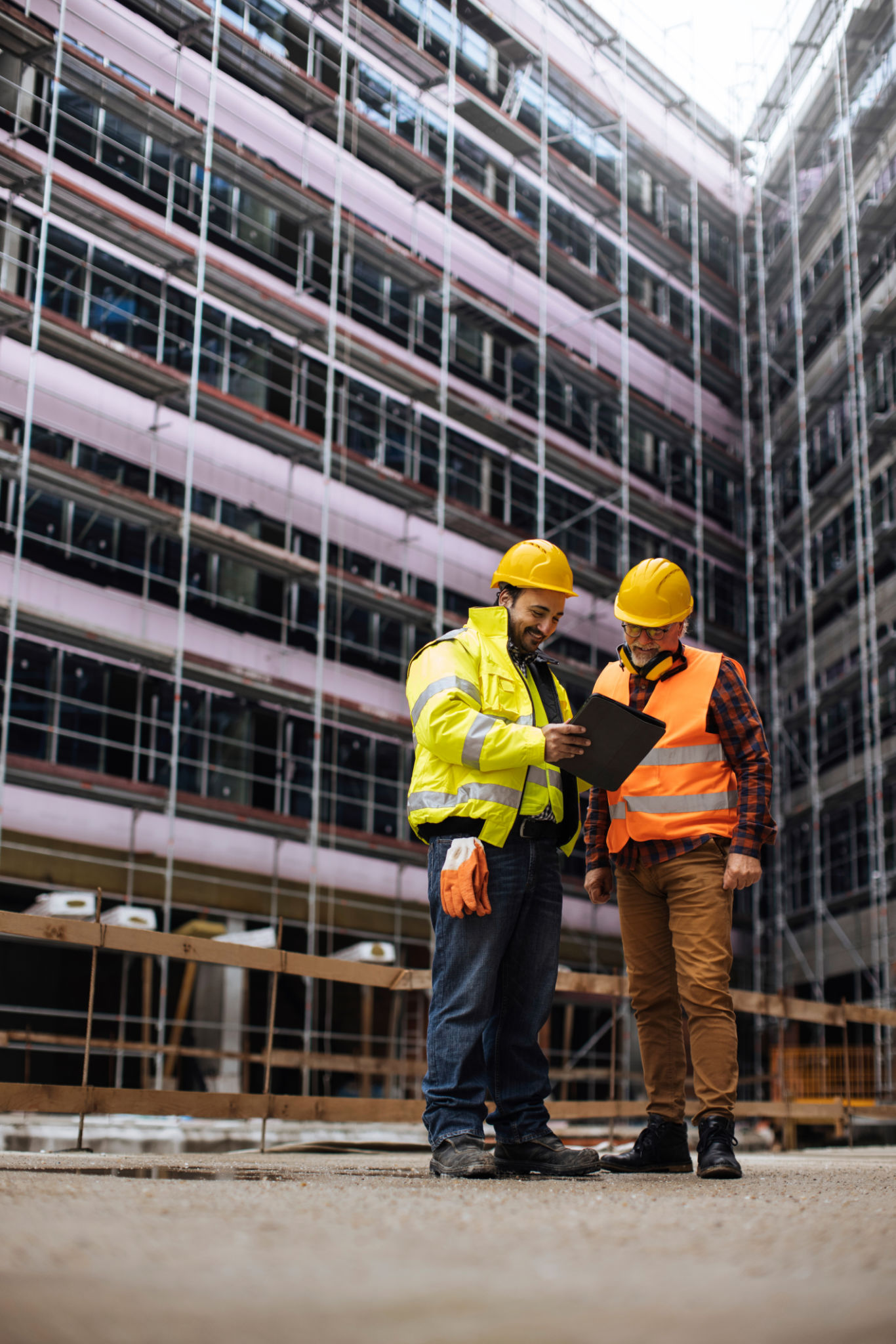Case Study: Successful Risk Management Strategies for Montana Construction Sites
Understanding the Importance of Risk Management in Construction
Risk management is an essential aspect of any construction project, especially in a state like Montana, where diverse weather conditions and geographical challenges can affect operations. The primary goal of risk management is to identify potential risks and implement strategies to mitigate them, ensuring safety and efficiency on construction sites.
In Montana, construction sites can face a variety of risks, from harsh winters to complex terrain. Implementing successful risk management strategies is crucial for minimizing disruptions and protecting both workers and the environment.

Key Risk Management Strategies
Comprehensive Site Assessment
Before any construction begins, conducting a thorough site assessment is vital. This involves analyzing the geographical and environmental conditions of the area. A detailed assessment helps in identifying potential hazards, such as unstable soil or flood-prone zones, allowing for the development of effective contingency plans.
Weather Monitoring and Planning
Montana's weather can be unpredictable, with sudden changes that might impact construction timelines. Utilizing advanced weather monitoring systems, companies can receive real-time updates and plan accordingly. This proactive approach helps in scheduling activities that are weather-sensitive, reducing downtime and preventing accidents.

Training and Safety Protocols
Worker Training Programs
Investing in comprehensive training programs for workers is essential. These programs should cover safety protocols, equipment handling, and emergency response procedures. Proper training ensures that all team members are equipped to handle unforeseen situations safely.
Regular Safety Audits
Conducting regular safety audits is another crucial strategy. These audits help in identifying any lapses in safety measures and offer insights into areas that require improvement. By maintaining high safety standards, construction companies can prevent accidents and boost worker confidence.

Technological Integration
Utilizing Advanced Tools
The integration of technology in risk management is becoming increasingly prevalent. Utilizing advanced tools like drones for site inspection or software for project management can significantly enhance the efficiency of risk assessment processes. These tools provide accurate data and insights that are essential for informed decision-making.
Real-Time Communication Systems
Effective communication is critical for risk management. Implementing real-time communication systems ensures that all team members are promptly informed about any changes or potential risks. This facilitates quick response times and minimizes the impact of any disruptions on the project.
- Enhanced safety protocols
- Improved project timelines
- Reduced operational costs
In conclusion, successful risk management strategies are integral to the smooth operation of construction sites in Montana. By focusing on comprehensive site assessments, weather planning, robust training programs, regular safety audits, and technological integration, construction companies can effectively mitigate risks and enhance project outcomes.
